What would you do if you were imprisoned for 27 years? Would you be able to forgive your captors, or would you want revenge? Nelson Mandela chose forgiveness – and he never stopped trying to build a better world.
Mandela: Struggle for Freedom looks at Nelson Mandela and the movement that formed around him. Follow Mandela into hiding after he is declared an outlaw, and then join him inside a replica of the prison cell that was his home for 18 years. Experience the bittersweet joy of his release, after 27 long years of imprisonment. Finally, witness South Africa’s first democratic elections, and find out about Mandela’s efforts to rebuild a nation shattered by racism and injustice.
Explore what was happening on the streets during Mandela’s lifetime. Bear witness to South African children defending themselves from tanks with garbage can lids, and learn about the secret plan to break Mandela out of prison. Support for Mandela and his cause also came from outside South Africa. Hear from Canadians who joined the struggle for freedom and equality and see for yourself the importance of mobilizing and speaking out.

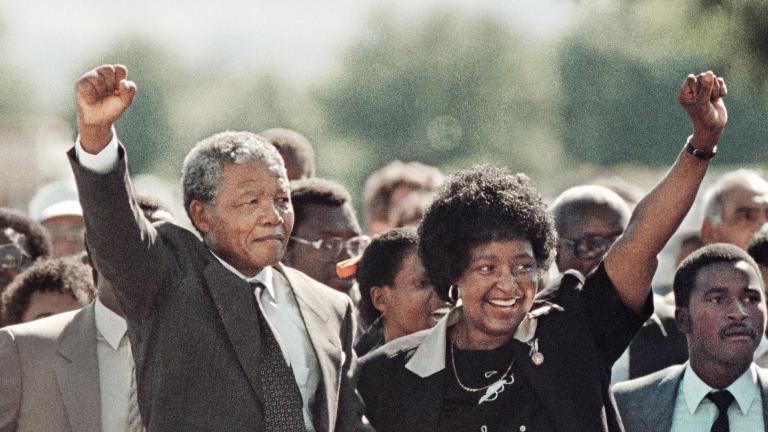
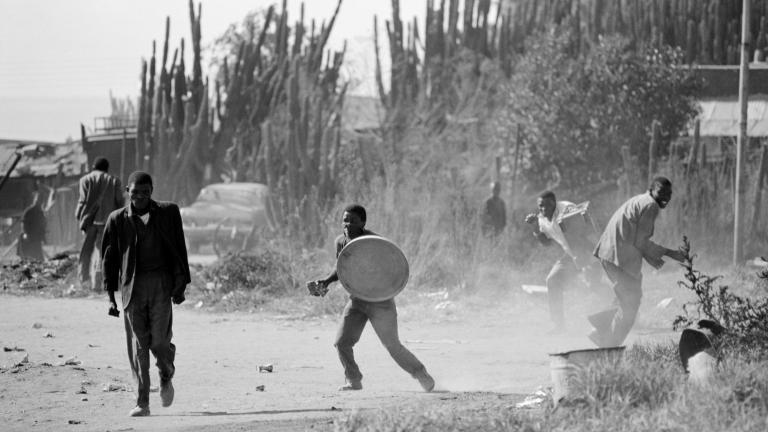
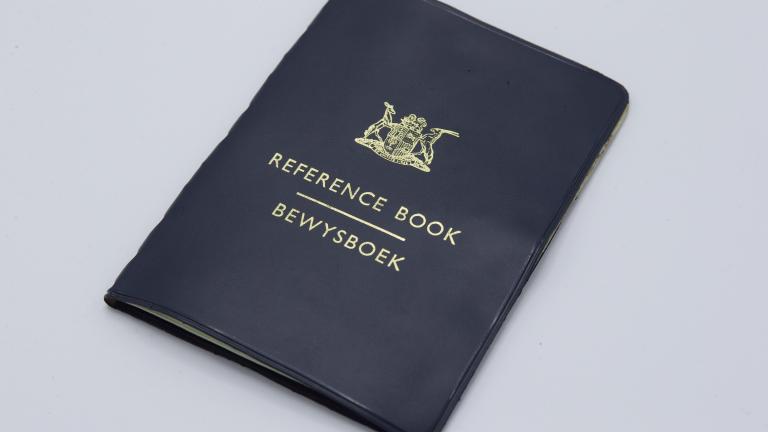
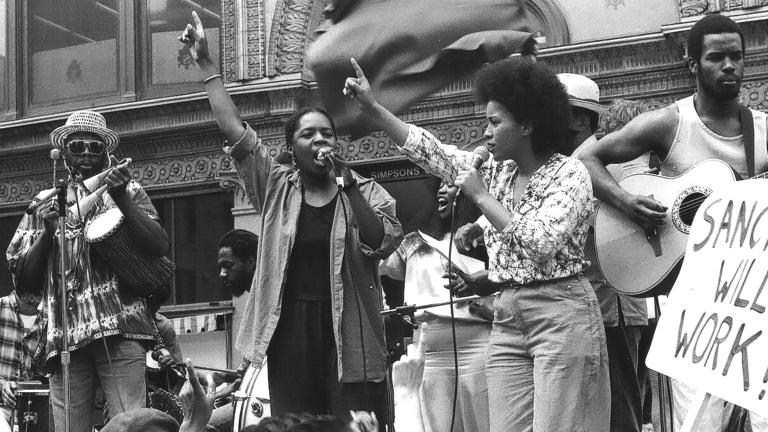
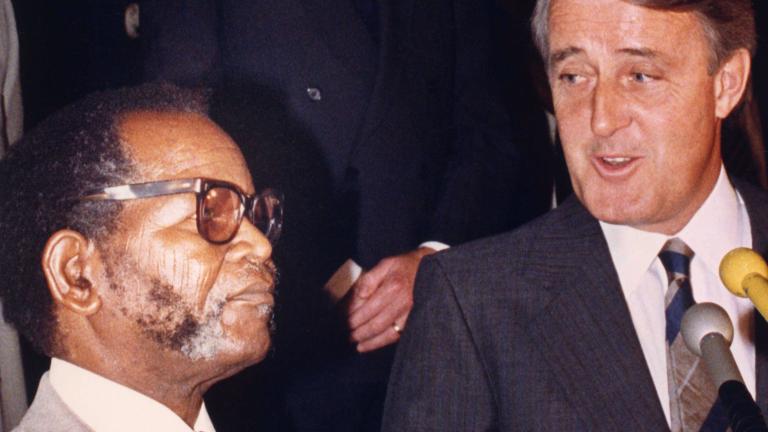
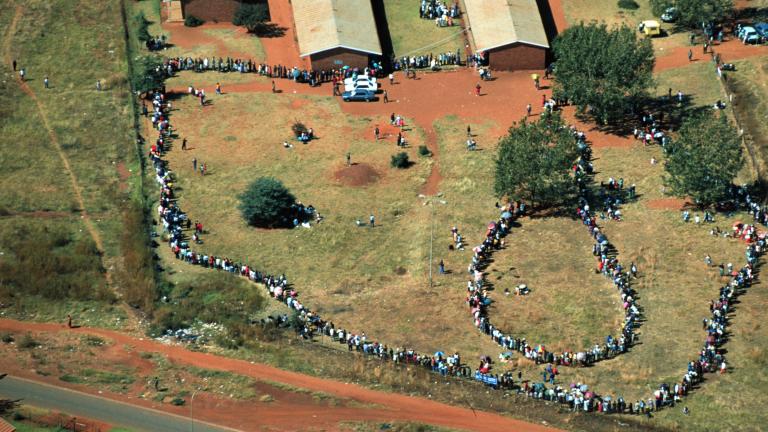
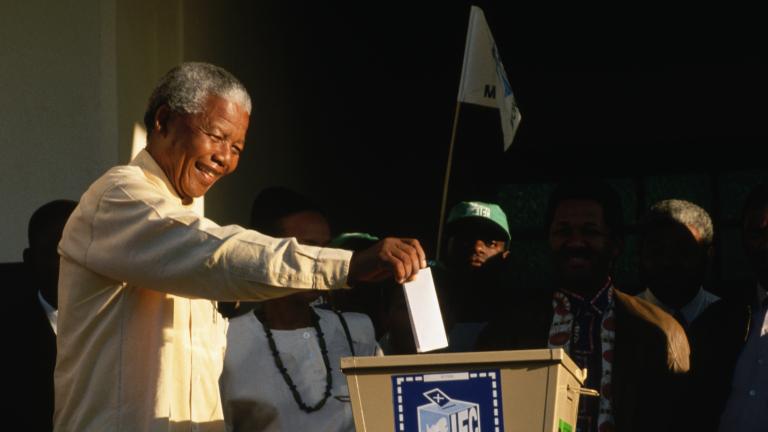
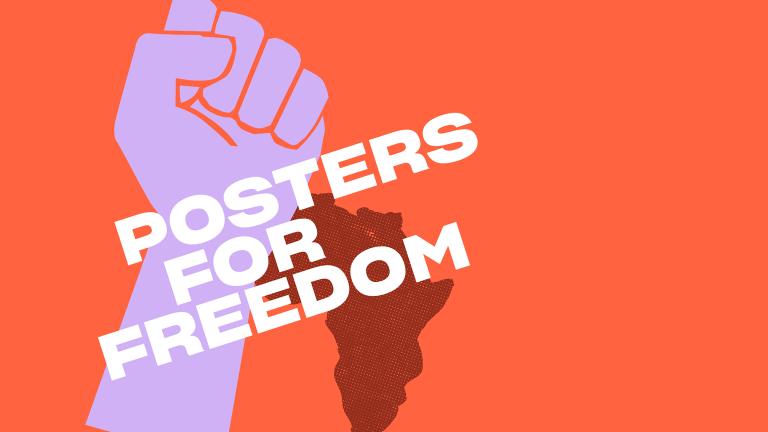

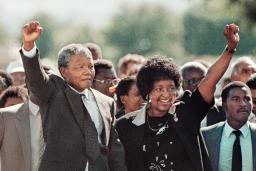
Continue the conversation
This story sparked interesting discussion when we shared it on social media. Follow us on Facebook and X to join the conversation.
Marsha Lederman
X June 11, 2018 by Marsha LedermanNelsonMandela
X March 25, 2018 by NelsonMandelaBonny Ibhawoh
X June 7, 2018 by Bonny Ibhawoh